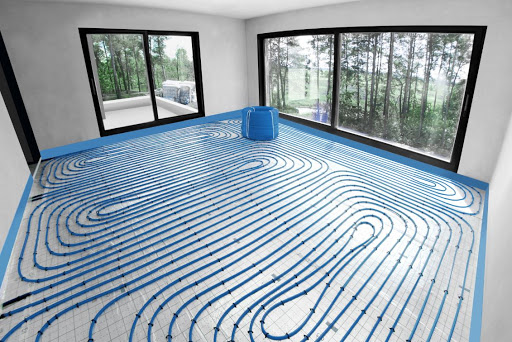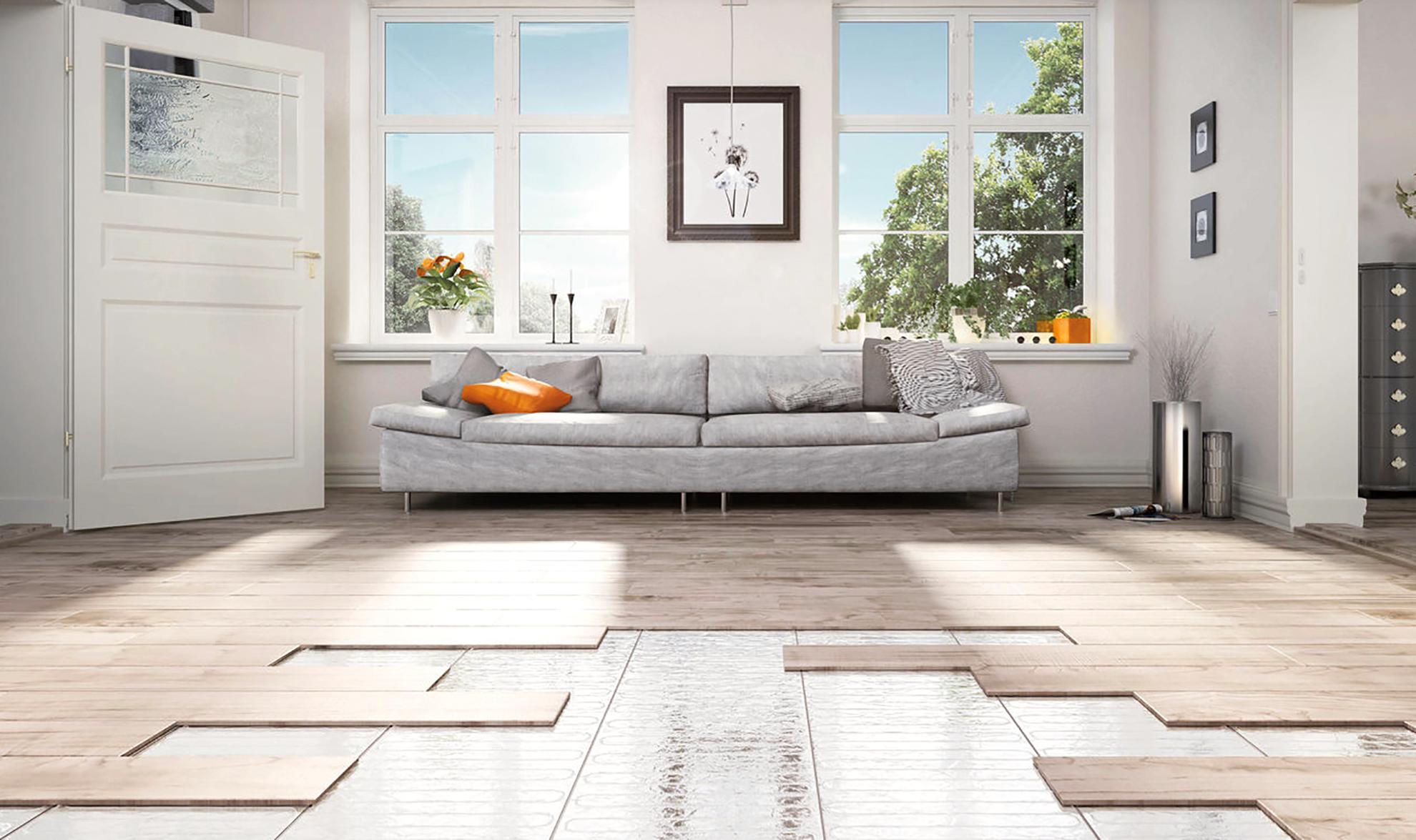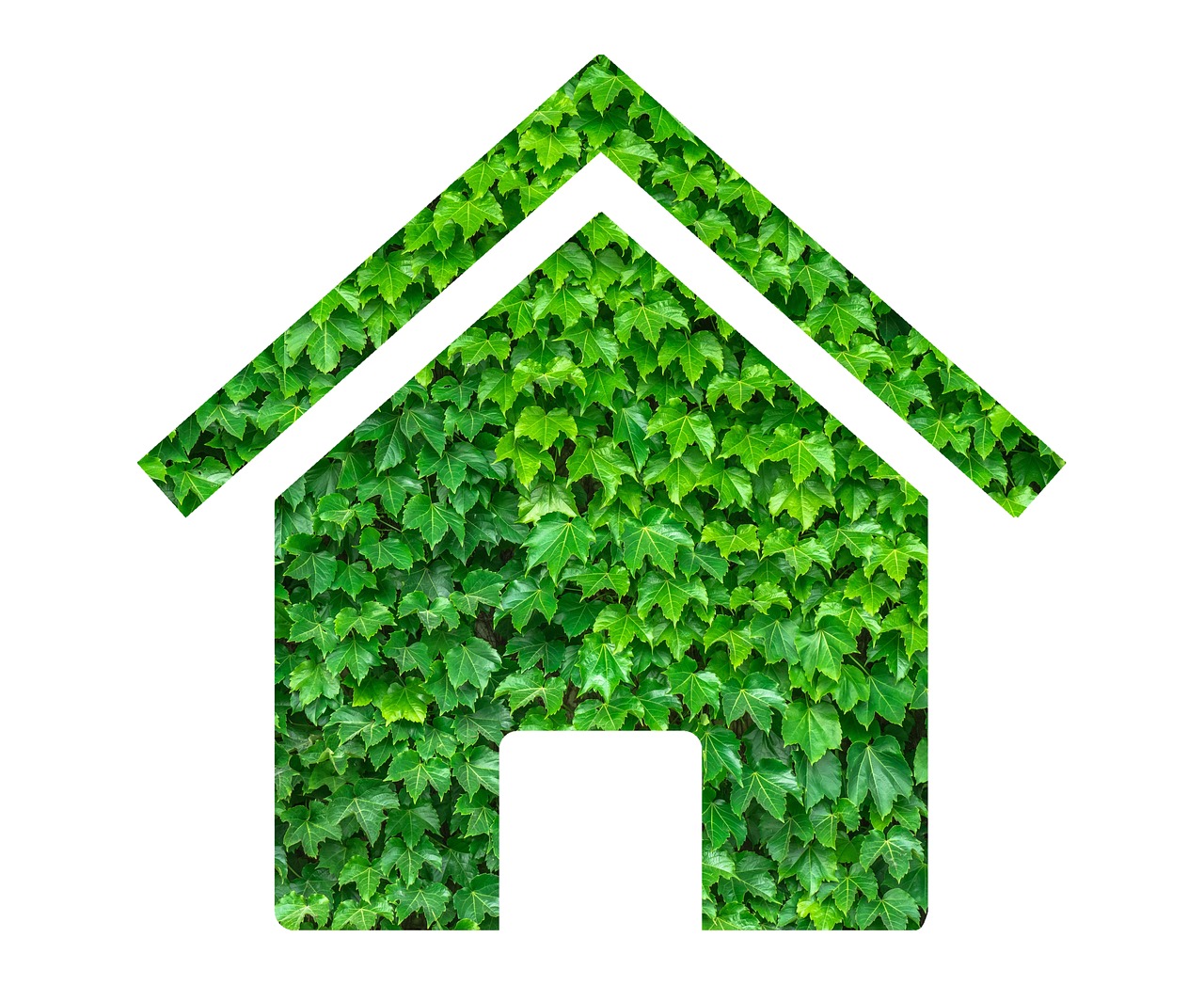When it comes to sustainable heating in modern times, there is a good case to be made for opting for underfloor heating. Let’s have a look at why so many people claim that underfloor heating truly is the superior option when considering Eco-friendliness and cost-effectiveness.
Energy Conservation
Provided that your home or office is properly insulated, you will notice that you can make incredible saving on your energy bills. New buildings that are built to code will automatically be insulated to the level where underfloor heating is effective, but it isn’t hard to fit adequate insulation and draft proofing to ensure that underfloor heating is able to completely heat the room.
The Standard Assessment Procedure, used to calculate a new buildings energy performance, records an energy saving of 5% when using an underfloor system with a condensing boiler, as opposed to a radiator system. Pairing the system to a renewable energy source, such as solar heating or a ground source heat pump can see these savings jump to as high as 40% or more, depending on the installation and size of the particular room.
Why such a big gap, you ask? The answer lies in the method of heating. A typical central heating system relies on convection, where heat rises and creates a very warm layer of air at ceiling level, leaving a much cooler temperature at floor level. Therefore, some of the heat is wasted through the roof as the room is heated sufficiently to achieve a comfortable temperature lower down.
On the other hand, underfloor heating radiates heat into the room from the whole surface of the floor, which creates a comfortable temperature from ground up. This radiated heat is absorbed by people and by furniture and objects in the room, which allows underfloor heating to create a comfortable temperature at approximately 2°C lower than what is required by conventional systems.
Cost Effectiveness
Since an underfloor heating system requires less energy to create a comfortable temperature for occupants, it stands to reason that your energy bills will be lower. While we mentioned a 2°C difference previously, underfloor heating actually runs at much lower temperature ranges than conventional central heating. A typical underfloor system runs in the range of around 30-50°C, whereas radiators typically run at 60-80°C. As you can probably tell, that is a lot of saving over the course of a single billing period.

Can Underfloor Heating Run With Renewable Energy Sources?
Without a doubt, underfloor heating can be linked to any type of renewable energy source, which provides even greater potential for conserving energy and saving money. Photovoltaic systems, ground source heat pumps, solar panels and wind turbines could all be used to heat an underfloor heating system, and eventually the systems combined could provide free sustainable energy.
Photovoltaic systems use solar heating to power a buildings electric supply, some buildings with a large roof surface are able to produce enough electricity for their demand and are able to sell electricity back to the grid. While most homes may not have the roof space to power the entire house, an underfloor heating system can be installed with a photovoltaic system to power it, which will result in cheaper running costs.
An underfloor heating system that is powered by water rather than gas is suitable for use with ground source heat pumps and solar water heating systems. Ground source heat pumps involve the laying of pipes in the garden or somewhere suitable on the property, and extracting the heat directly from the ground.
A heat pump could provide the hot water for a wet underfloor system exclusively, helped by the fact that it runs at lower temperatures than radiators, offering completely free heating.
In Summary
Underfloor heating is more energy efficient than most types of heating, given the right circumstances. Well insulated, double glazed and draft proofed houses will conserve energy and save money by using underfloor heating, particularly if it is linked to a renewable energy source such as a ground source heat pump or a photovoltaic system.
In new buildings underfloor heating is becoming the more popular choice as the installation costs are no different to a central heating system, but running costs are much lower in the long term. Add this to the energy saving grants available that offer further savings. Looking for a reliable team to give you more personalized information and provide quick and affordable installation services? Look no further than the folks over at North East Hydronic Radiant!


